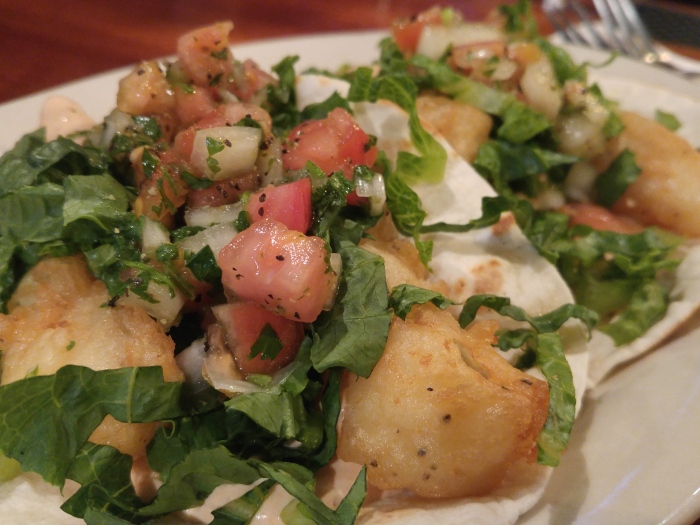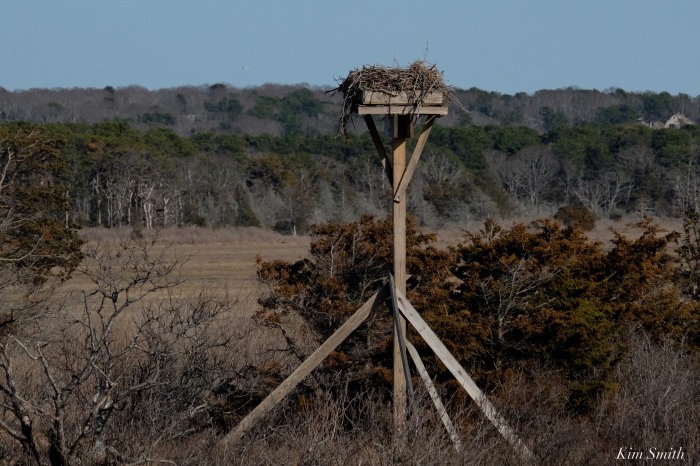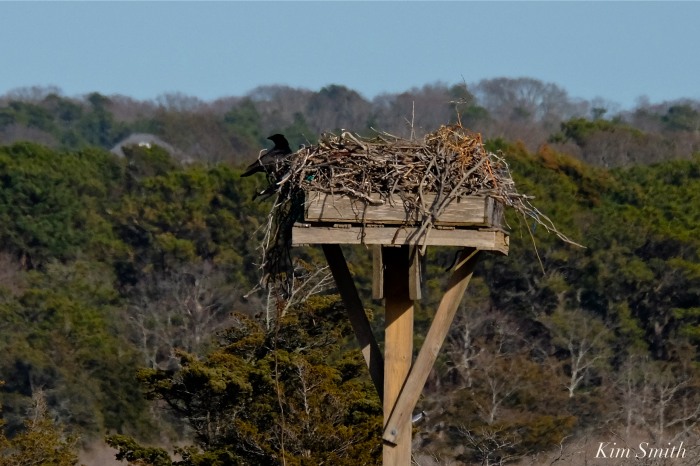Day: April 4, 2017
Stacy Boulevard Public Works stunner | Gloucester is an early client for the Harvard and Olmsted trained landscape designer Thomas Warren Sears. His 1908 photos are a must see! Part 2


The Gloucester Daily Times published this image in 1923 with the photo caption: “Now Under Construction on the Southern Side of Western Avenue, this Project When Completed Will Give Gloucester one of the Finest Approaches of Any City on the Atlantic Seaboard.” The meticulously hand drawn credit within the drawing itself caught my eye as much as the drawing: “Proposed Treatment of Waterfront, Gloucester, Mass. Thomas W. Sears Landscape Architect, Providence RI”. Thomas W. Sears was a remarkable 20th Century landscape designer. The modern Boulevard work completed in 2014-17 gracefully carries out and returns to the original dreams for the Western Avenue highway and park that are more than a century in the making.

photo caption: Boulevard construction progress © Catherine Ryan, December 2016
Thomas Warren Sears (1880-1966) preliminary designs for Gloucester’s future Boulevard
Thomas Warren Sears was born in 1880 in Brookline, Massachusetts, and grew up in this elegant abode at the corner of Beacon and Charles Street. This black and white house portrait was shot in 1897.

Here’s a Google street view photo for comparison today.

After being ousted from the New York City parks department, the ‘father of American landscape design’, Frederick Law Olmsted (1822-1903), launched his business a ten minute walk from the Sears family home. The headquarters at 99 Warren Street was named “Fairsted” and was in operation until 1979 when it was declared a National Historic Site and transferred to the National Parks.

photo caption: Frederick Law Olmsted Fairsted © Jack Boucher, Library of Congress collection
If there was no neighbor connection early on, a professional one came soon: Sears worked for the Olmsted Brothers immediately after receiving two degrees from Harvard– his BA in 1903 and his BS in 1906. (There may have been an earlier Brookline connection.) Rather quickly Sears left to set up his own firm: first in Providence, RI, when he did work for Gloucester’s Boulevard, and not long after in Philadelphia. In 1911 he gave a talk for the Proceedings of the Engineers’ Club of Philadelphia 28 (April 1911):147-158., “The Functions of the Landscape Architect in Connection with the Improvement of a City” available online as part of an urban planning anthology compiled by John W. Reps, Professor Emeritus, Cornell University. I wonder if he shared his Gloucester photographs as part of his talk?
“There are two main approaches to cities: (1) On water by boat, and (2) on land by railroad. Along both of these lines of approach land should be taken for public use, and for very different reasons. Take first the use of water fronts: Unless some provision is made for the public, the whole water front, whether it be river or harbor, may be usurped by commercial enterprise and the public deprived of ever seeing the water except when aboard a boat. In certain cases, as in New York, where the water front must of necessity be utilised for dockage, a combination of commercial and public use may be successfully employed. There the docks are owned by the city and leased by the steamship companies; in this way their appearance can be controlled. At present it is planned to build on the tops of these docks huge recreation parks which may be used by the public.”- 1911 Thomas W. Sears
Mike Hale’s contemporary perspective shares a similar philosophy with Sears:
“An effort has been made in this paper to show clearly that landscape architecture is utilitarian quite as much as esthetic; that whatever one is designing, whether it be a city plan or any of the elements in a city, the design should be governed by use as much as beauty.” – 1911 Thomas W. Sears
By 1917 Sears was commissioned regularly and had a long, full career including notable designs for the Reynolda estate now part of Wake Forest University, Winston-Salem, North Carolina, and the wildly influential outdoor amphitheater for Swarthmore College, the Scott Outdoor Auditorium. His work in Gloucester is rarely mentioned.
Since the Gloucester drawing was marked ‘Providence’, I knew the drawing was done long before the 1923 construction. I tentatively dated the schematic ca.1910. Thankfully Thomas Warren Sears was a photographer, too. Turns out that this image is a Sears’ photograph of a lovely Sears’ design. The glass negative is dated 1908 which squares with his professional career timeline.

ALL NEW LED LIGHTS
One of the modern design elements is the welcome ornamentation of lights. They feel like they were always here because line is such an essential part of design and they add the vertical visual interest. When I saw the new light bases I thought of the line of trees in the Sears drawing. I love the mix of natural and formal design in his rendering, but am equally gobsmacked by the sweeping open vista. Both are sensitive approaches and part of the context of the Boulevard’s build.

photo caption: animation emphasizing new lights, late November 2016, ©c. ryan
BEFORE THE BOULEVARD- Sears photos
Thomas Warren Sears photographed Western Avenue for his preparatory work. See the homes along the beach that were later removed for the construction of the Boulevard; distant vistas to the Surfside Hotel (built after Pavilion burned) and Stage Fort park; and Western Avenue street scenes looking east and west before the road was widened.



More photos and Gloucester designs:
Continue reading “Stacy Boulevard Public Works stunner | Gloucester is an early client for the Harvard and Olmsted trained landscape designer Thomas Warren Sears. His 1908 photos are a must see! Part 2”I FOUND SPRING!
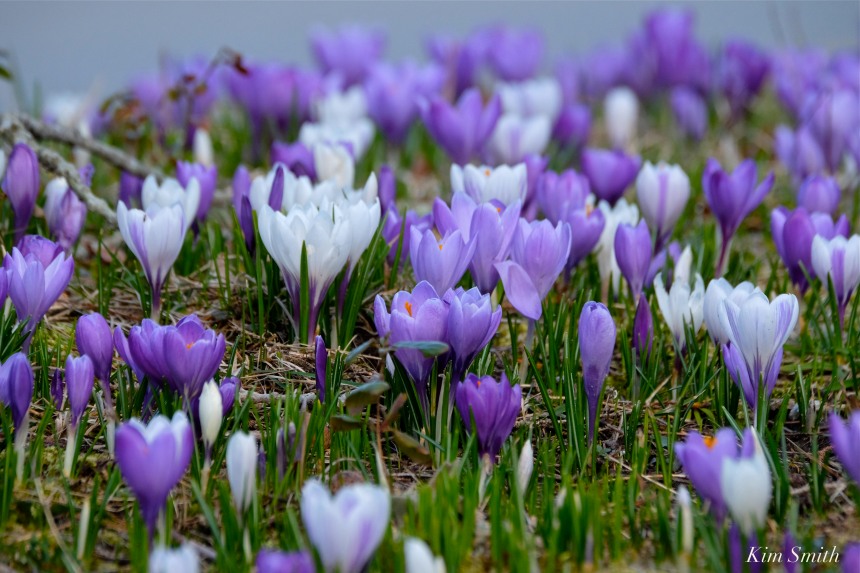 On Cape Cod, that is. The south side of the Cape was about as stick-like as is Cape Ann, but the crocuses were coming up everywhere on the north side, with the yellow of a few daffodils peeking through, too. All along the marshes that border Rt. 6A, ospreys were constructing nests. From far across the marsh, I even caught a glimpse of a hawk fishing!
On Cape Cod, that is. The south side of the Cape was about as stick-like as is Cape Ann, but the crocuses were coming up everywhere on the north side, with the yellow of a few daffodils peeking through, too. All along the marshes that border Rt. 6A, ospreys were constructing nests. From far across the marsh, I even caught a glimpse of a hawk fishing!

 Crows investigating to see if the hawk left any remains behind
Crows investigating to see if the hawk left any remains behind
Osprey and Osprey Nests
There Was A Child Went Forth
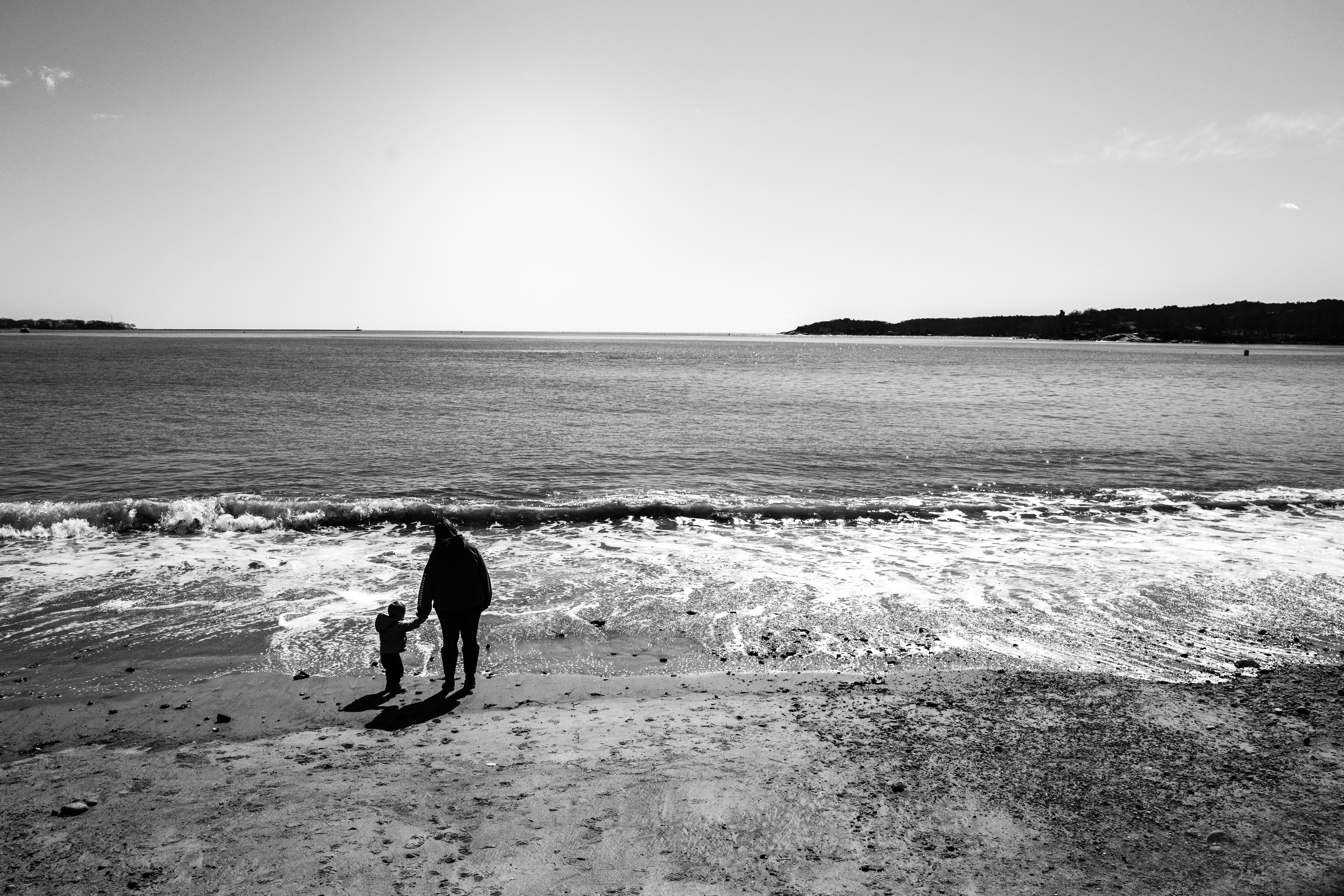
The schooner near by sleepily dropping down the tide, the little
boat slack-tow’d astern,
The hurrying tumbling waves, quick-broken crests, slapping,
The strata of color’d clouds, the long bar of maroon-tint away
solitary by itself, the spread of purity it lies motionless in,
The horizon’s edge, the flying sea-crow, the fragrance of salt marsh
and shore mud,
These became part of that child who went forth every day, and who
now goes, and will always go forth every day.
From There Was A Child Went Forth, Walt Whitman
Live Look At Bridgette Mathews Reporting For GMG From Mt Washington
Look what I saw
On Monday afternoon behind Lobsta Land spotted these beautiful Egrets. Due to high tide and the trees the photo do not do these birds justice. Another sign of spring.


The Magnolia Historical Society Art in the Schoolhouse
We have started to hang the art pieces for this weekend’s Art Show. Here a tease of what you will see. Come on by to see the progress of renovating the schoolhouse.

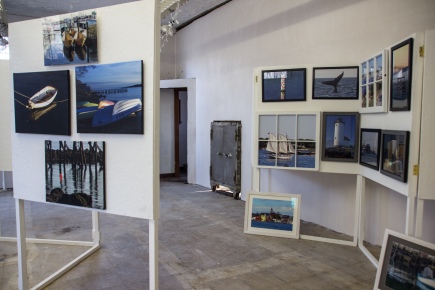

Gloucester Smiles-559
View from Stone bridge in Goose Cove
Love my end of the island around Goose Cove. Looking forward to this spot filling in with houseboats and paddling my kayak around with the Egrets soon!
Roy Moore Lobster Company is OPEN for Business!
“The Neck” is coming to life. Rockport’s Bearskin Neck is slowly but surely opening for the season. First Top Dog on Sunday and then Roy Moore Lobster Company yesterday! Bring on the warm weather!
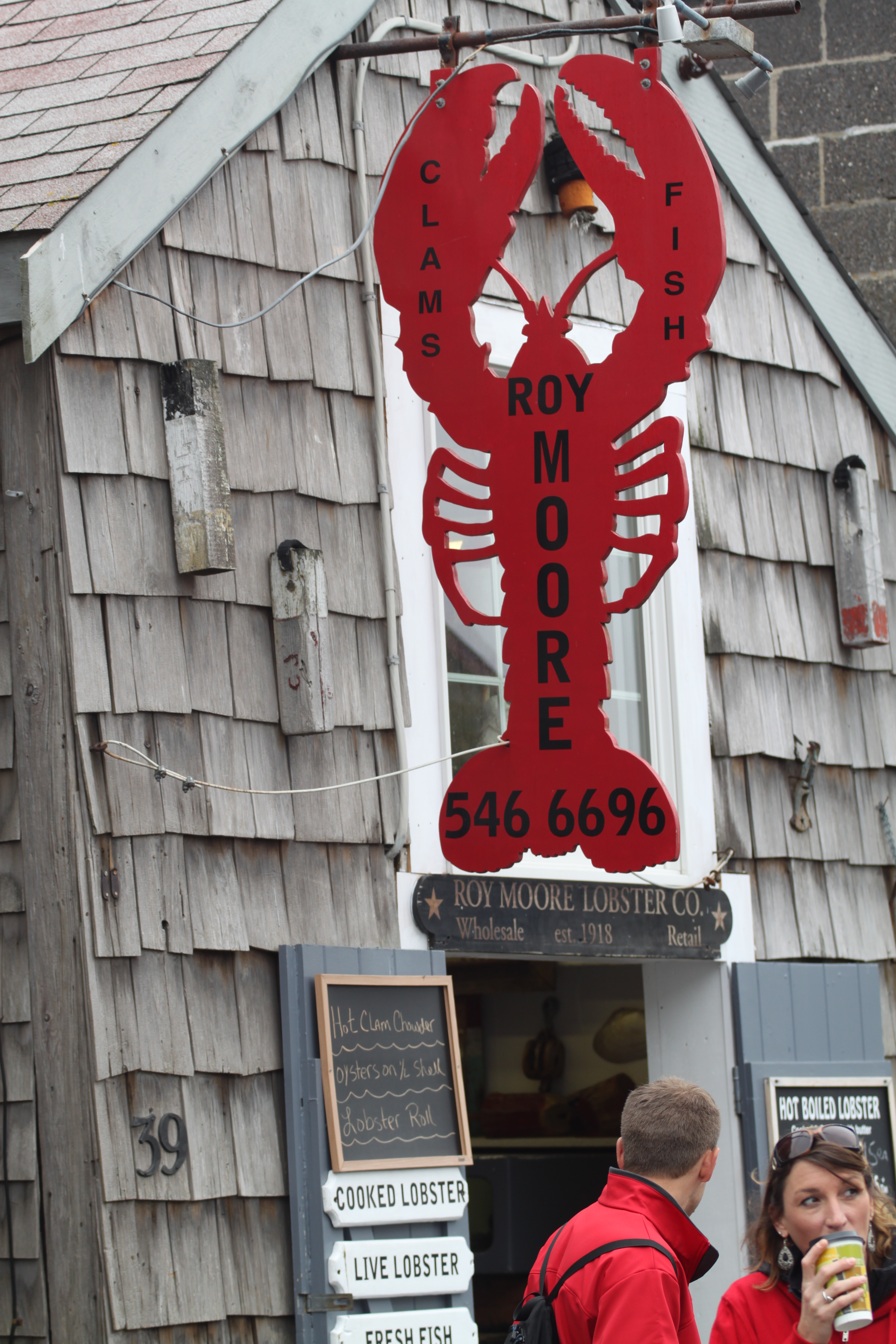

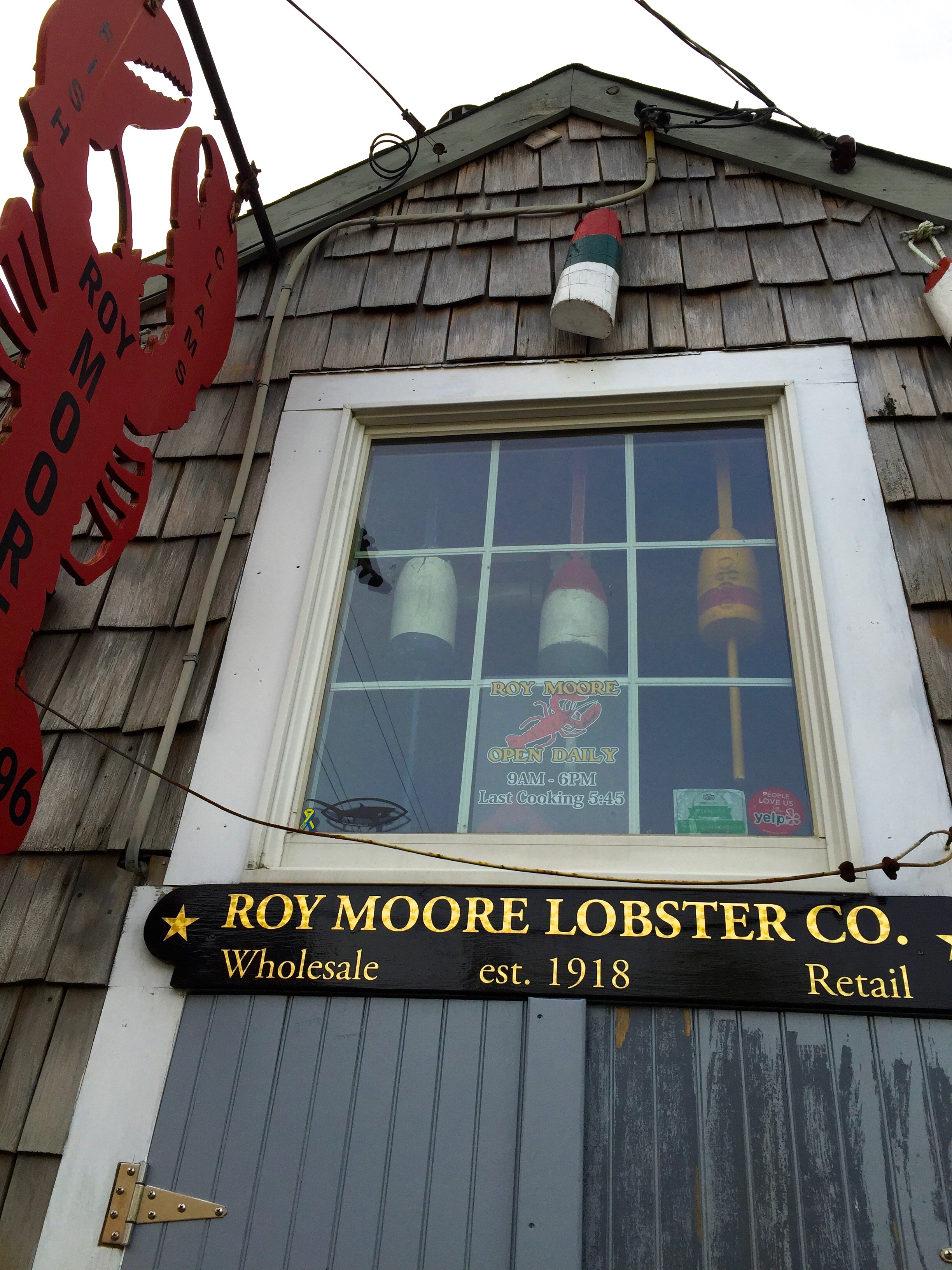
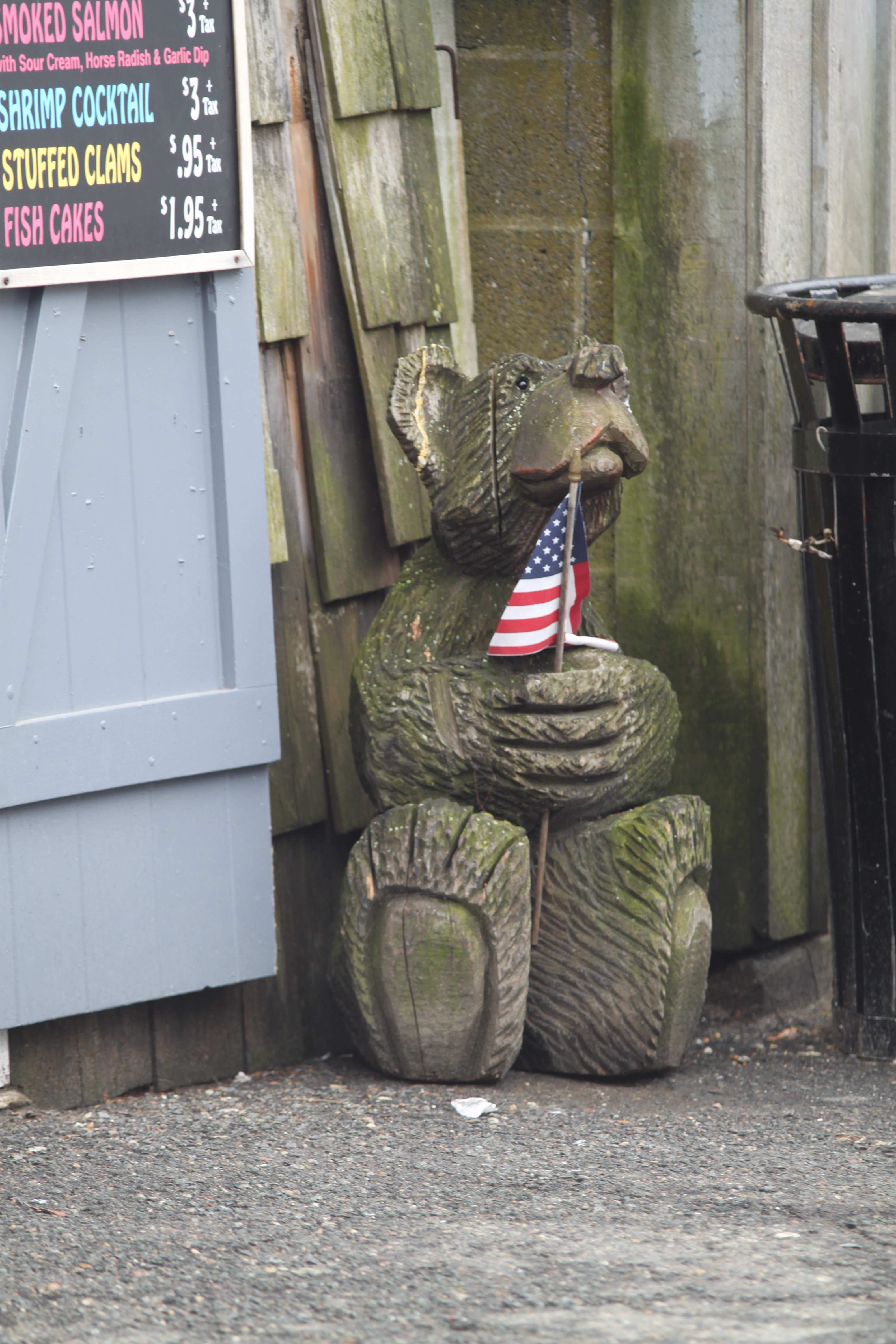
Take Back The Night Vigil April 10th
Topside Grill Is Back Open
Ward 4 Community Meeting on Mon April 10, 5PM – O’Maley
WARD 4 COMMUNITY MEETING NOTICE
WALKING SAFETY PRIORITY PLANNING
O’MALEY INNOVATION MIDDLE SCHOOL AREA
MONDAY APRIL 10, 2017, 5 PM
O’MALEY INNOVATION MIDDLE SCHOOL
Mayor Sefatia Romeo Theken and Ward 4 City Councilor Valerie Gilman invite O’Maley Innovation Middle School parents and children and residents of the surrounding neighborhood to a community meeting to discuss options for improving walking safety to and from the School. The City anticipates applying for a Complete Streets grant in May to fund the construction of projects supported by the community.
Stephen Winslow, Project Manager for Mass in Motion Cape Ann, will present seven potential safety improvement options many that were developed through a “Safe Routes to School” planning study completed in 2012. The improvement options include:
- Constructing a sidewalk along the south side of Reynard Street and improving the crosswalk at Reynard and Cherry Streets;
- Widening the sidewalk along Cherry Street from Reynard to…
View original post 91 more words
